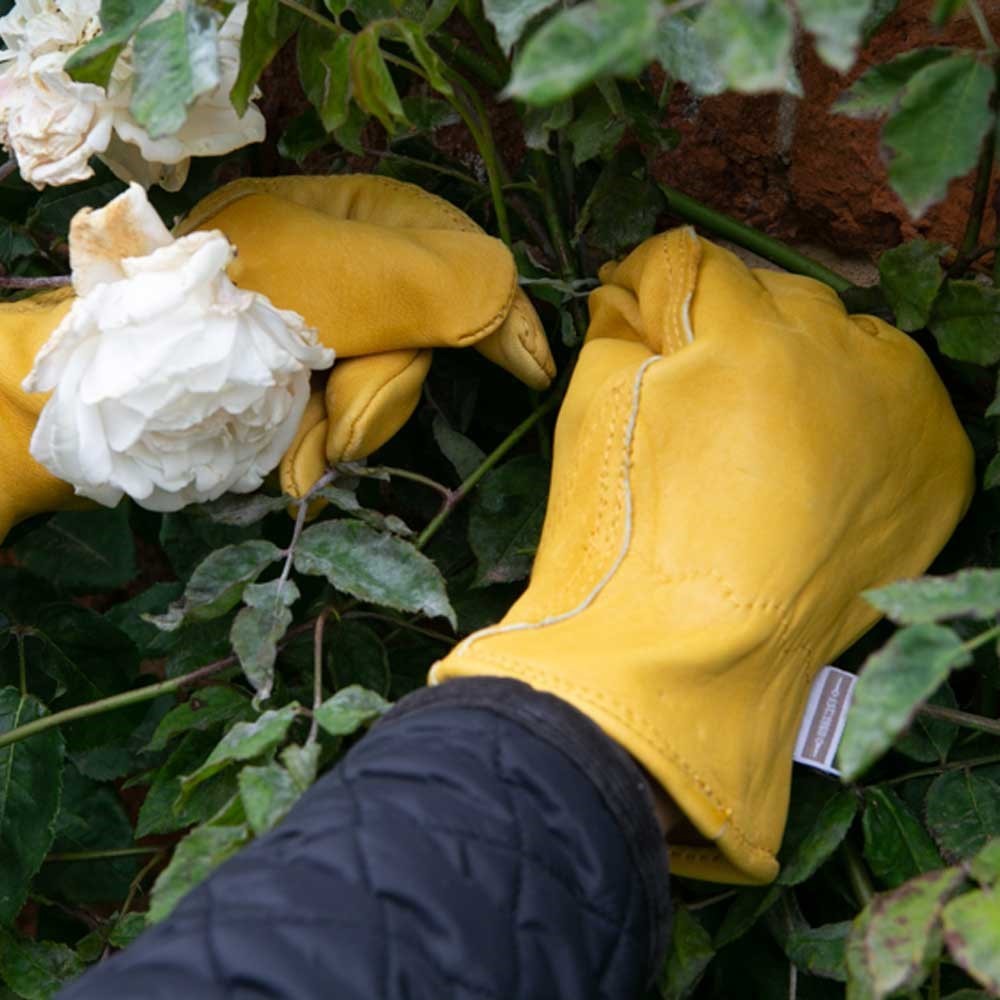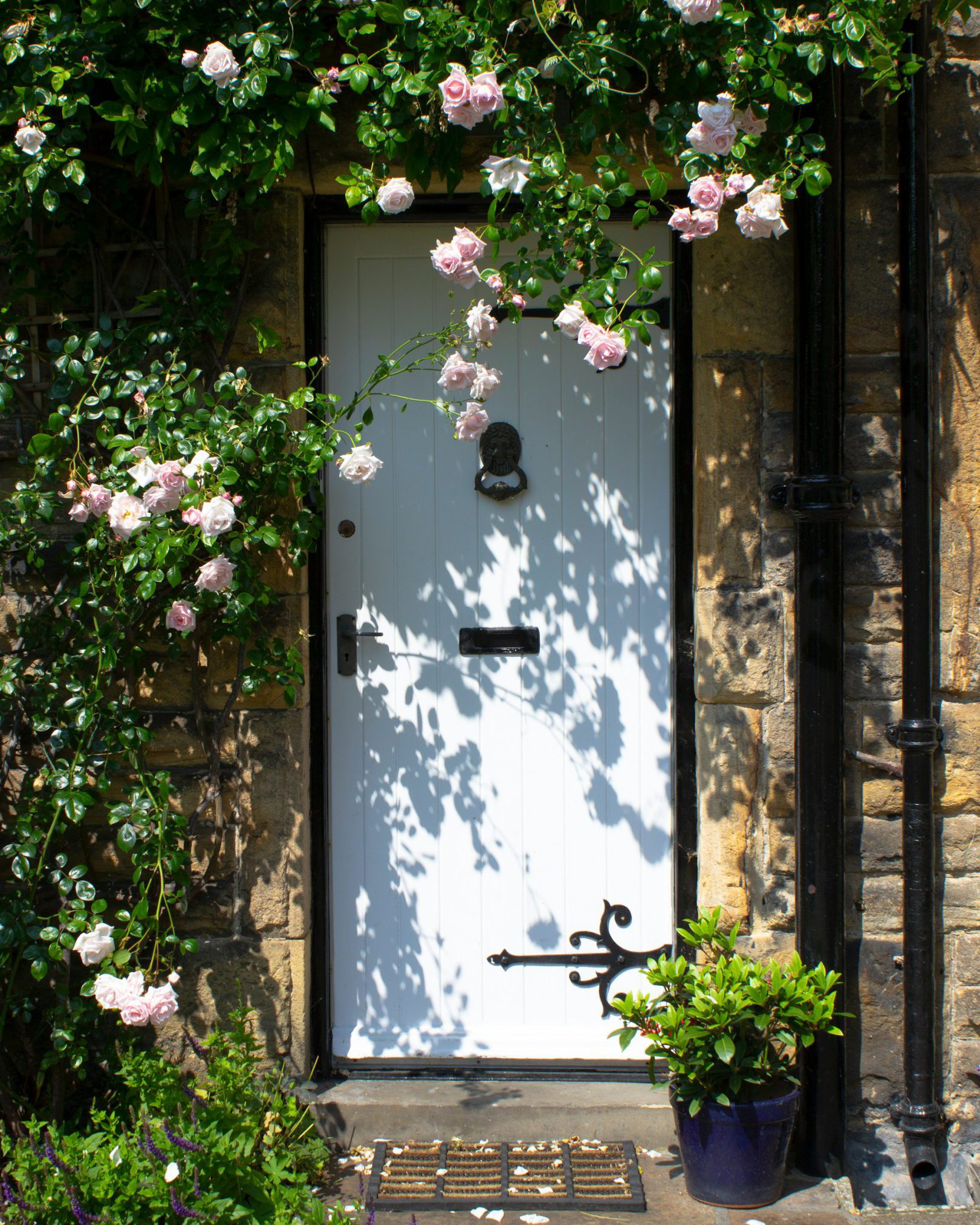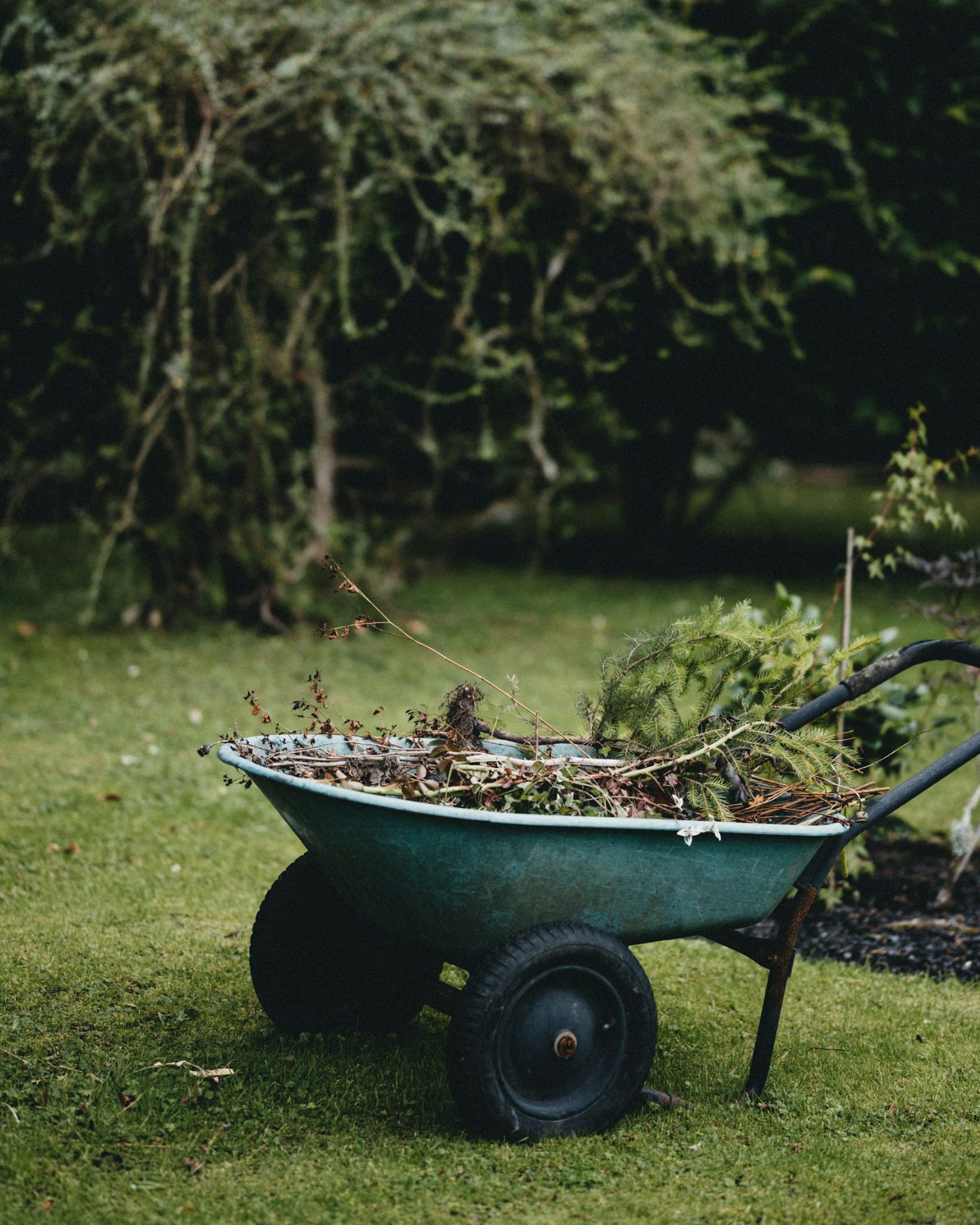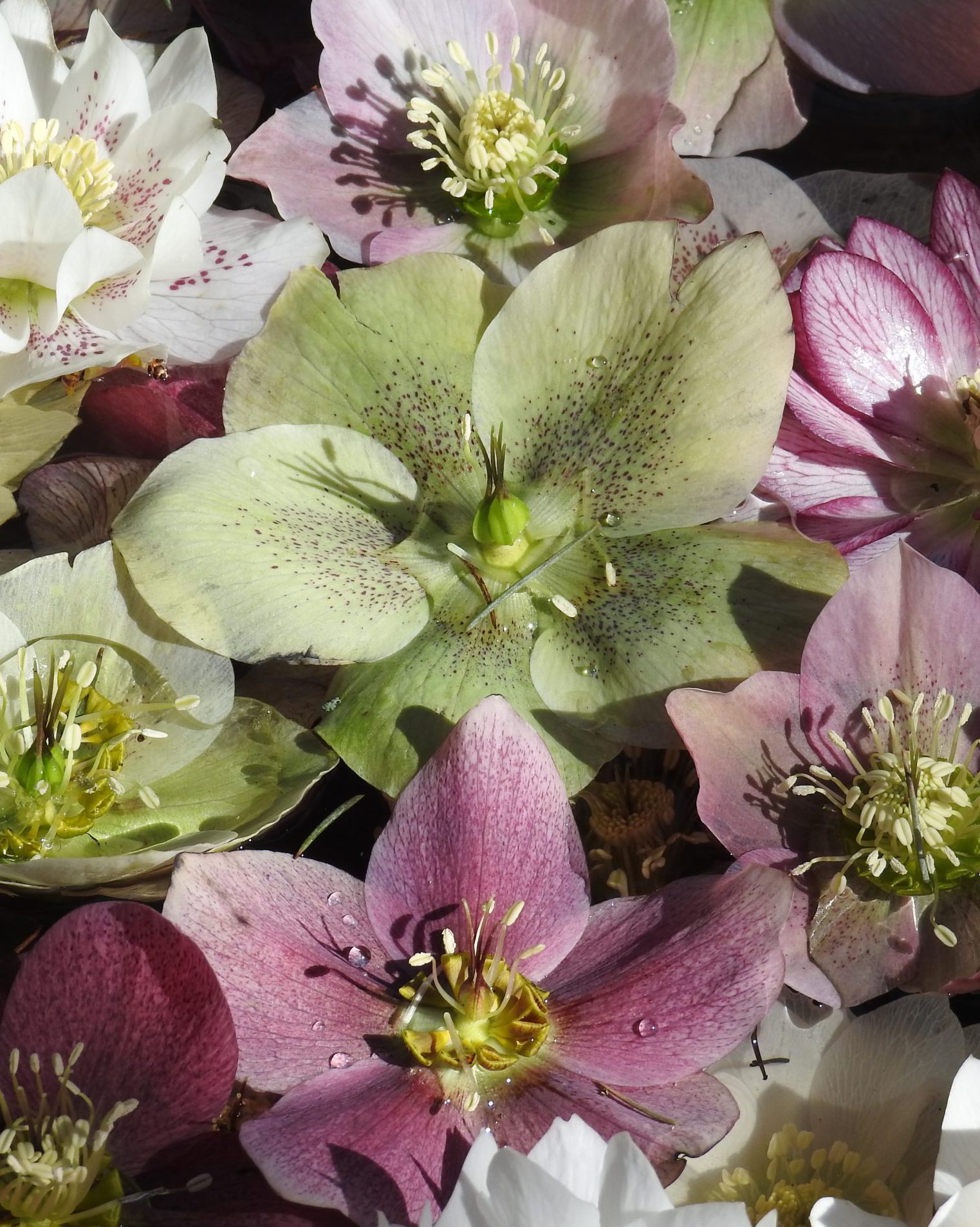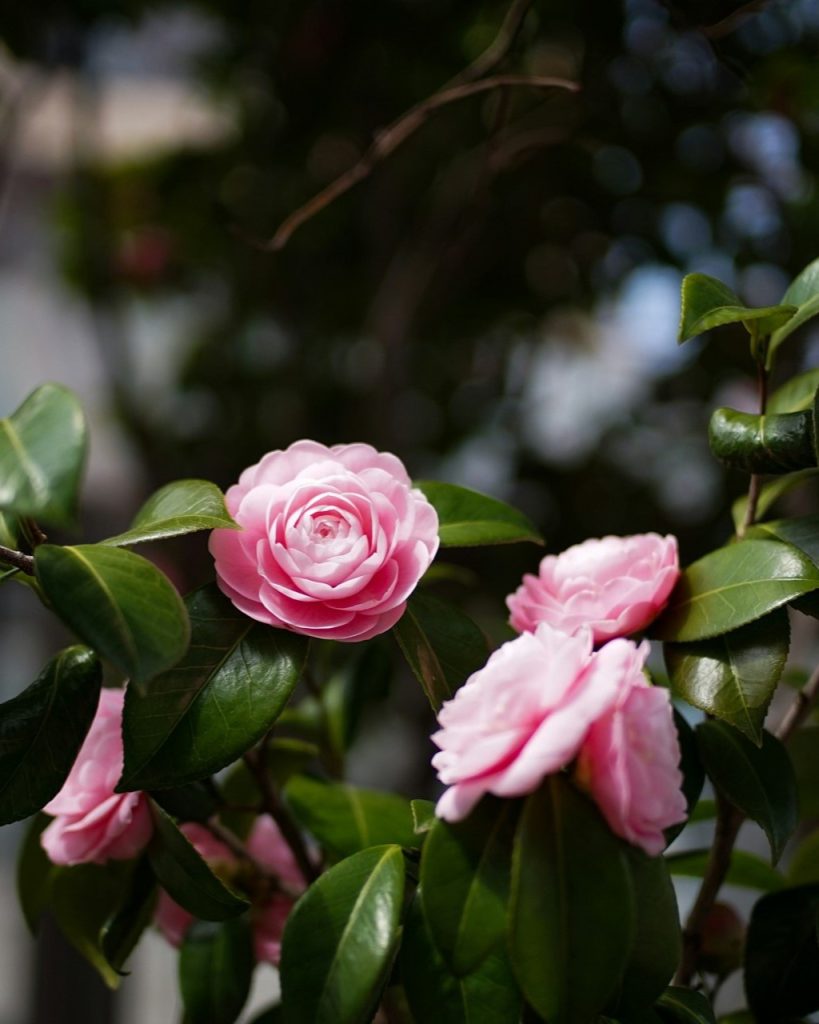
Eleanor Clarke
FLOWERS
Plant for February: Camellia
There’s something really luxe about camellias. Maybe it’s the shiny, deep bottle-green leaves. Or the big, flamboyant flowers, almost like roses or peonies, except that, incredibly, they’re in full bloom in winter. Either way, they certainly bring a super-exotic vibe to damp, dull rainy Britain in February and March – and for that we salute them.
Novice rating: fairly easy
Yes, you’ll need neutral to acidic soil for healthy camellias, but that’s shouldn’t be hard here in London. Either grow in pots of ericaceous compost or in borders (most London soil tends to be in the neutral range), digging in some leaf mould and well-rotted horse manure, ideally. If the leaves start turning yellow, feed with specialist camellia food.
Why we grow them
These are some of the loveliest evergreen woodland shrubs, exploding with colour in late winter, when there’s little else out there. Pure joy.
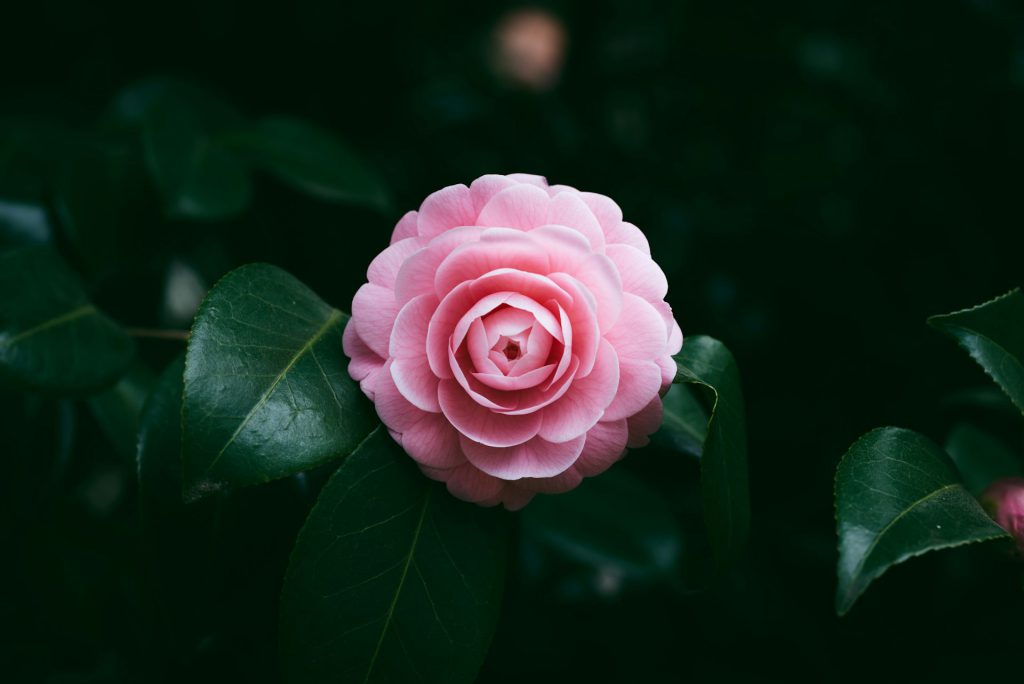
Japanese camellia (Camellia japonica)
Show them some love
Most modern-day camellias are descendants of woodland natives (originally from China and Japan), so they’re most at home in dappled shade. This could be in a pot on a patio, by the front door or in a border. Somewhere north or west-facing is ideal, as a frost combined with morning sun can turn the flowers brown and bedraggled. Also make sure you give them the neutral or acidic soil they love (see above).
Do…
Re-pot camellias fairly often – every two or three years is usually enough. When you do it, add fresh ericaceous compost and either trim back the roots (by up to a third) to keep your camellia at the same size or move it on to a larger container.
Prune after flowering, but only if it’s getting too big for its space.
Try not to…
Use water straight from the tap for watering. Tap water is usually slightly alkaline, so leave it to stand for a few hours first.
Read more:
OUTDOOR GARDENING
INDOOR & OUTDOOR GARDENING
FLOWERS
Shop from this story:
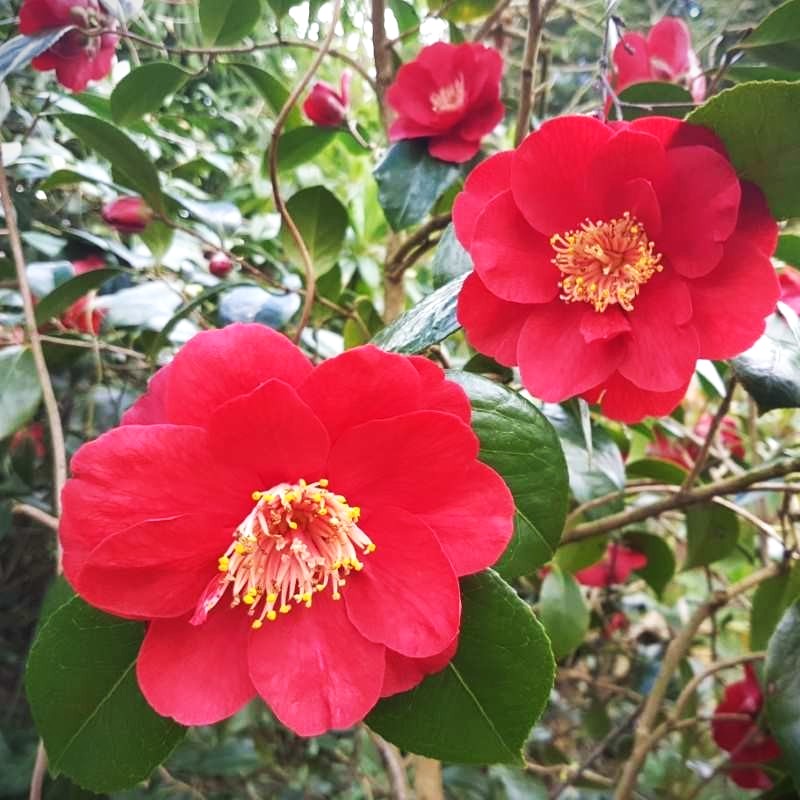
Camellia Japonica Red
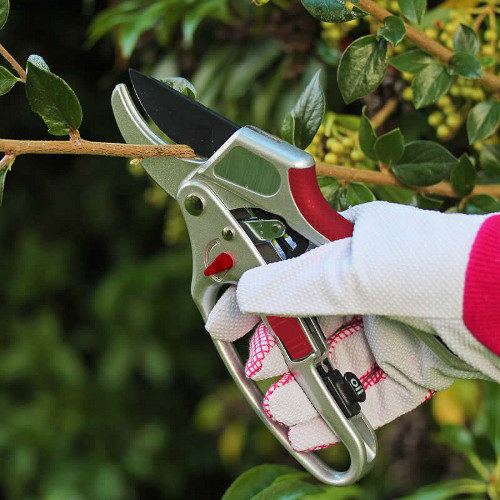
Garden Tools
